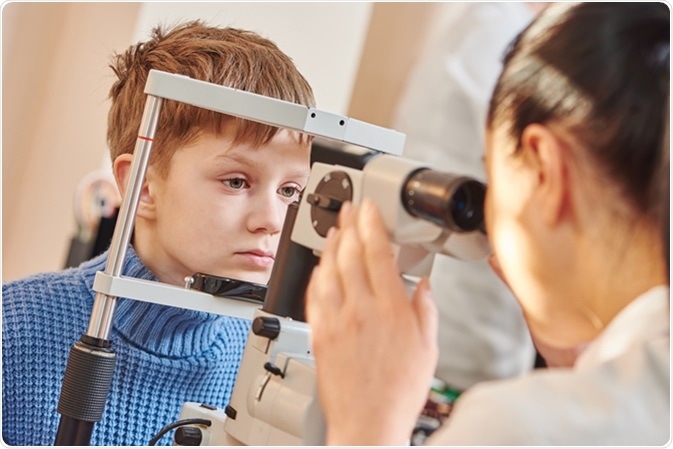The Benefits And Drawbacks of Various Refractive Surgical Treatments for Improved Eyecare

LASIK Surgical Procedure
LASIK surgical procedure is a generally performed refractive treatment that aims to deal with vision problems such as nearsightedness, astigmatism, and farsightedness. This medical strategy has obtained popularity as a result of its efficiency in offering people with more clear vision and reducing their dependence on glasses or call lenses. Throughout the treatment, a thin flap is created on the cornea, and a laser is utilized to improve the underlying cells, fixing the refractive mistake. The flap is then rearranged, enabling quick healing and marginal discomfort for the person.
One of the main advantages of LASIK surgical procedure is the fast improvement in vision experienced by lots of patients. It is necessary for people considering LASIK surgical treatment to undergo a comprehensive assessment by an eye treatment specialist to determine if they are ideal candidates for the treatment.
PRK Procedure
The PRK procedure, additionally recognized as Photorefractive Keratectomy, is a type of refractive surgical treatment that aims to deal with vision issues comparable to LASIK surgery. Unlike LASIK, which includes developing a flap in the cornea, PRK functions on the surface area layer of the cornea.
One of the advantages of PRK over LASIK is that it removes the threat of flap-related issues because no flap is created during the surgical procedure. Despite the longer healing period, PRK can be an appropriate option for people seeking vision adjustment surgical treatment.
SMILE Surgical Procedure
A cutting-edge refractive surgery strategy getting appeal in the area of ophthalmology is SMILE Surgery. Small Laceration Lenticule Removal (SMILE) is a minimally intrusive procedure that deals with vision by reshaping the cornea utilizing a femtosecond laser. Unlike conventional LASIK surgical procedure, SMILE Surgical treatment involves developing a tiny cut in the cornea to extract a lenticule, which leads to less disturbance to the corneal framework and potentially faster recovery times.
Among the primary advantages of SMILE Surgical procedure is its ability to treat nearsightedness (nearsightedness) and astigmatism with high precision, leading check my site to outstanding visual end results for clients. The minimally invasive nature of the treatment likewise decreases the danger of difficulties such as dry eye disorder, making it a positive option for individuals looking for refractive surgical treatment.

LASEK Method
Having actually checked out the advantages and considerations of SMILE Surgical treatment, an additional significant refractive surgery technique worth taking a look at is the LASEK Technique. LASEK, which stands for Laser-Assisted Subepithelial Keratectomy, is a kind of laser eye surgical treatment that intends to remedy refractive errors such as nearsightedness (nearsightedness), hyperopia (farsightedness), and astigmatism.
Unlike LASIK, LASEK does not entail creating a corneal flap. Instead, throughout a LASEK procedure, the doctor uses a diluted alcohol remedy to loosen up the thin external layer of the cornea, understood as the epithelium.
Among the main advantages of LASEK is that it can be ideal for individuals with slim corneas who might not be great prospects for LASIK. Additionally, LASEK generally causes very little post-operative pain and a quicker recuperation time contrasted to PRK. The aesthetic healing process with LASEK may be somewhat longer than with LASIK.
Implantable Get In Touch With Lenses
Implantable Get in touch with Lenses provide a long-lasting vision modification remedy for individuals seeking an option to standard contact lenses or glasses. These lenses, additionally recognized as phakic intraocular lenses, are surgically inserted into the eye to look at this site deal with refractive errors such as nearsightedness (nearsightedness), hyperopia (farsightedness), and astigmatism. andalusia pediatrics. Unlike traditional contact lenses that rest on the surface of the eye, implantable get in touch with lenses work within the eye itself, offering clear vision without the requirement for daily maintenance or removal
One of the vital advantages of implantable contact lenses is their permanence. When placed, they can stay in the eye indefinitely, offering consistent and secure vision correction. Furthermore, these lenses can be an exceptional alternative for people that are bad prospects for laser eye surgical procedure or who choose a relatively easy to fix vision improvement treatment.
However, implantable contact lenses do bring some dangers, including the potential for cataracts or raised eye pressure. It is critical for people considering this option to seek advice from with an eye treatment specialist to identify if implantable contact lenses are the best selection for their certain demands and eye wellness.
Final Thought
To conclude, each kind of refractive surgical treatment has its own benefits and drawbacks. LASIK surgery is popular for its quick recovery time, while PRK procedure might be ideal for individuals with slim corneas. SMILE surgical treatment supplies very little pain during the procedure, but LASEK method may have a longer recovery procedure. Implantable call lenses supply an alternative for those who are not appropriate candidates for traditional surgical procedures. People must consult with their eye care company to determine the very best option for their private needs.

On The Whole, SMILE Surgical procedure provides a promising alternative for people looking to improve their vision via refractive surgical treatment.